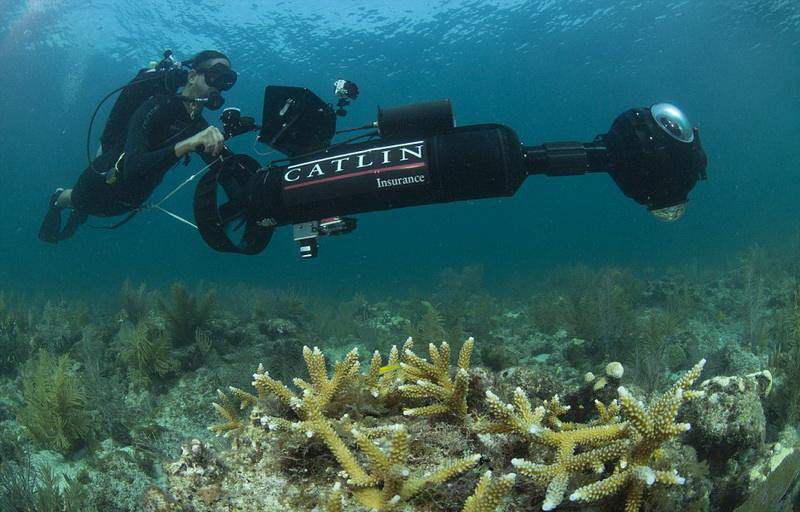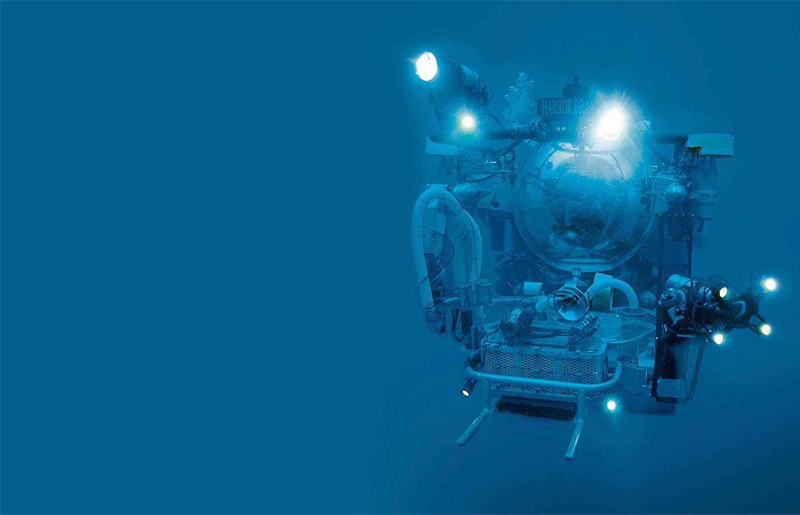Date: 2019-7-6
Underwater camera monitoring system is widely used in marine environment survey, seabed mineral development, underwater engineering construction, marine salvage and salvage, aquaculture, underwater entertainment and defense and military.Intuitive and effective technical services can be provided in reservoir dam maintenance, ship maintenance, port engineering underwater foundation construction quality inspection, and concealed engineering acceptance.
The underwater camera allows our eyes to extend to the bottom of the water. The high-performance underwater camera monitoring system consists mainly of a dive camera, display, underwater cable, hard disk recording and optical disc output system and power supply to form a complete closed-circuit monitoring system. Some special occasions have irreplaceable uses.

Due to underwater operations, the light problem is a big obstacle, so the camera system will use infrared for you. The maximum consumption of infrared cameras comes from infrared lamps. In order to pursue night vision effects, it is necessary to increase the power of infrared lamps to meet the needs of nighttime video surveillance.It is understood that the power of LED lamps converted from electrical energy to light energy is only 25% at most, and simply increasing the operating current for the longer interval of illumination can only be counterproductive, and the other 75% of the electrical energy is converted into thermal energy, causing its heat to rise. High, if the heat can not be discharged for a long time, it will cause damage to the infrared lamp, and will also affect the duration of use of the camera CCD.

Under such circumstances, how to dissipate heat from video equipment is a big problem. In the traditional air-cooling mode, enterprises are facing many challenges such as low equipment availability, continuous cooling demand, low space utilization and inefficient operation of the cooling system. Now a new type of cooling technology has matured and is gradually becoming a common choice for everyone.
“Liquid cooling” is a new thermal solution that directly removes heat from the chip through the liquid, minimizing the impact of high-power devices on peripheral devices, reducing heat dissipation and solving the heat dissipation problem of high-power devices.

Compared with air cooling, the advantages of liquid cooling are obvious. High heat dissipation and quiet operation can greatly extend the service life of the equipment. Although the construction cost is slightly higher, in the long run, such investment can be obtained from the return.
The principle of liquid cooling is the same, but the difficulty lies in the degree of professionalism and depth of technology. A good liquid cooling solution can save costs and improve efficiency from multiple angles. Therefore, only in the liquid cooling industry, companies that have been immersed for many years have stronger strength.

